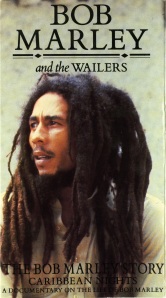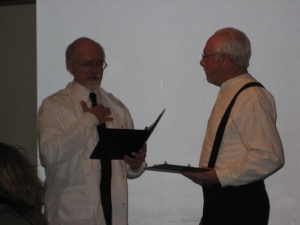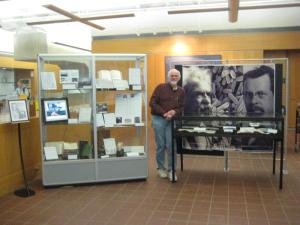Explore the Harlem Renaissance through the poetry, novels and music that emerged between 1917 and 1934, a period in American history characterized by an “unprecedented mobilization of talent and group support in the service of a racial arts and letters movement,” according to historian and author David Levering Lewis. First editions by Arna Bontemps, Countee Cullen, Jessie Fauset, Rudolph Fisher, Langston Hughes, Nella Larsen, Alain Locke, Claude McKay, Jean Toomer, Wallace Thurman, Zora Neale Hurston, and George Schuyler, as well as original pamphlets, periodicals, audio recordings and reference sources are now available at the Dodd Research Center. The rich collection of materials was recently donated to Archives and Special Collections by Ann and Samuel Charters.
Among the recordings in the collection are record albums featuring poets reading their work and a rare Black Swan recording of Marianna Johnson singing “The Rosary” and “Sorter Miss You”, accompanied by the Black Swan Symphony Orchestra recorded between 1921 and 1922. Black Swan Records, established in January 1921 as a subsidiary of the Pace Phonograph Corporation, was the first record label owned and managed by African-Americans and issued material recorded exclusively by African-American musicians. Board members of the Pace Phonograph Corporation included W. E. B. Du Bois and James Weldon Johnson. The record label was named after the opera singer Elizabeth Taylor Greenfield, nicknamed “the Black Swan”. The Black Swan catalog included European classical, jazz and blues. Fletcher Henderson served as the house accompanist. In March 1923 the Pace Phonograph Corp. was renamed the Black Swan Phonograph Co. This was the last year any new records were issued, although Pace reissued Black Swan recordings through 1926.
Listen to the Black Swan recording of soprano Georgia Gorham singing ‘A Little Kind Treatment (Is Exactly What I Need)’ with Maceo Pinkard, composer, issued between May 1921 and June 1922:
Melissa Watterworth, Curator of Literary, Natural History, and Rare Books Collections















